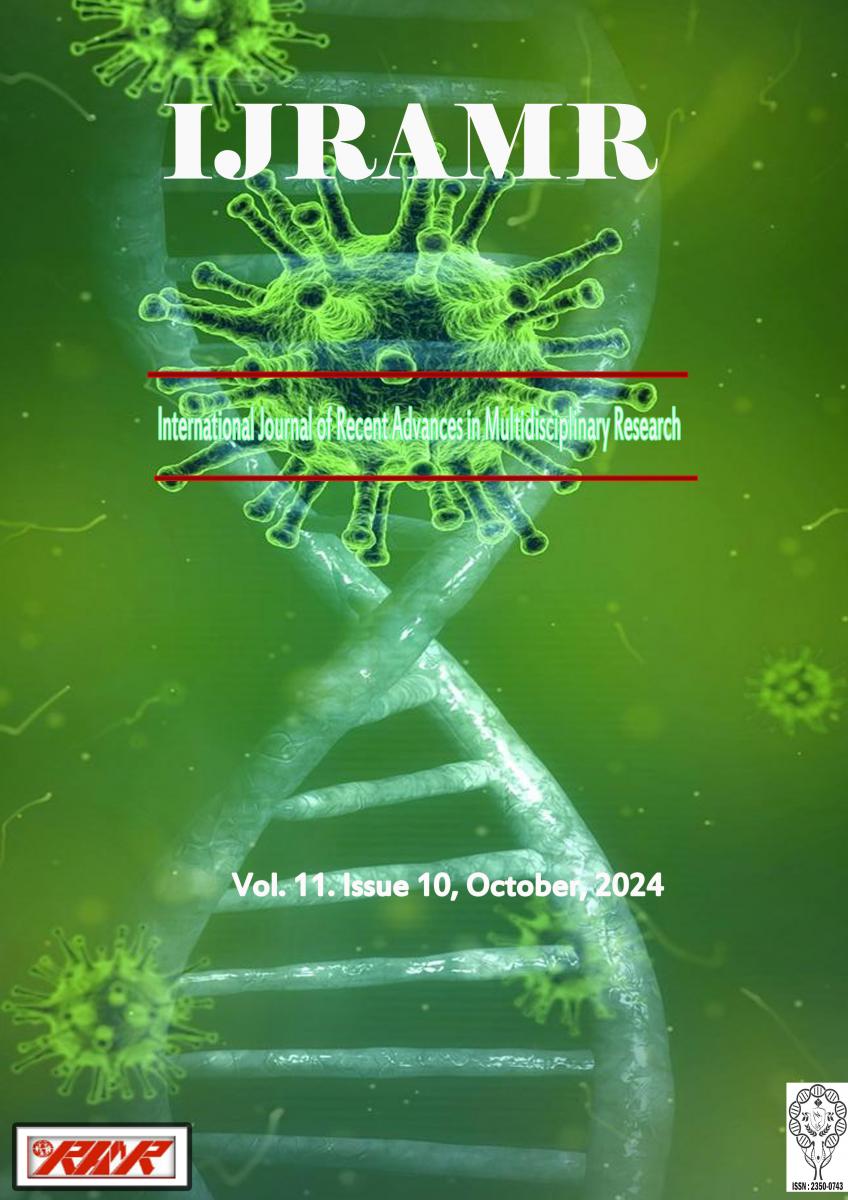In vitro antioxidant activity of hydrocotyle conferta wight (apiaceae) - an endangered plant species in southern western ghats
Hydrocotyle conferta Wight is an endangered plant species in Southern Western Ghats. Methanolic whole plant extract of H. conferta study was investigated for various DPPH, ABTS, hydroxyl radical scavenging, reducing power and ferrous ion chelating assays. The results of DPPH activity showed that the extract at the dose of 50μg/ml has exhibited in 89.15±0.16 inhibition with an IC50 value of 34.21±0.52mg/ml.






